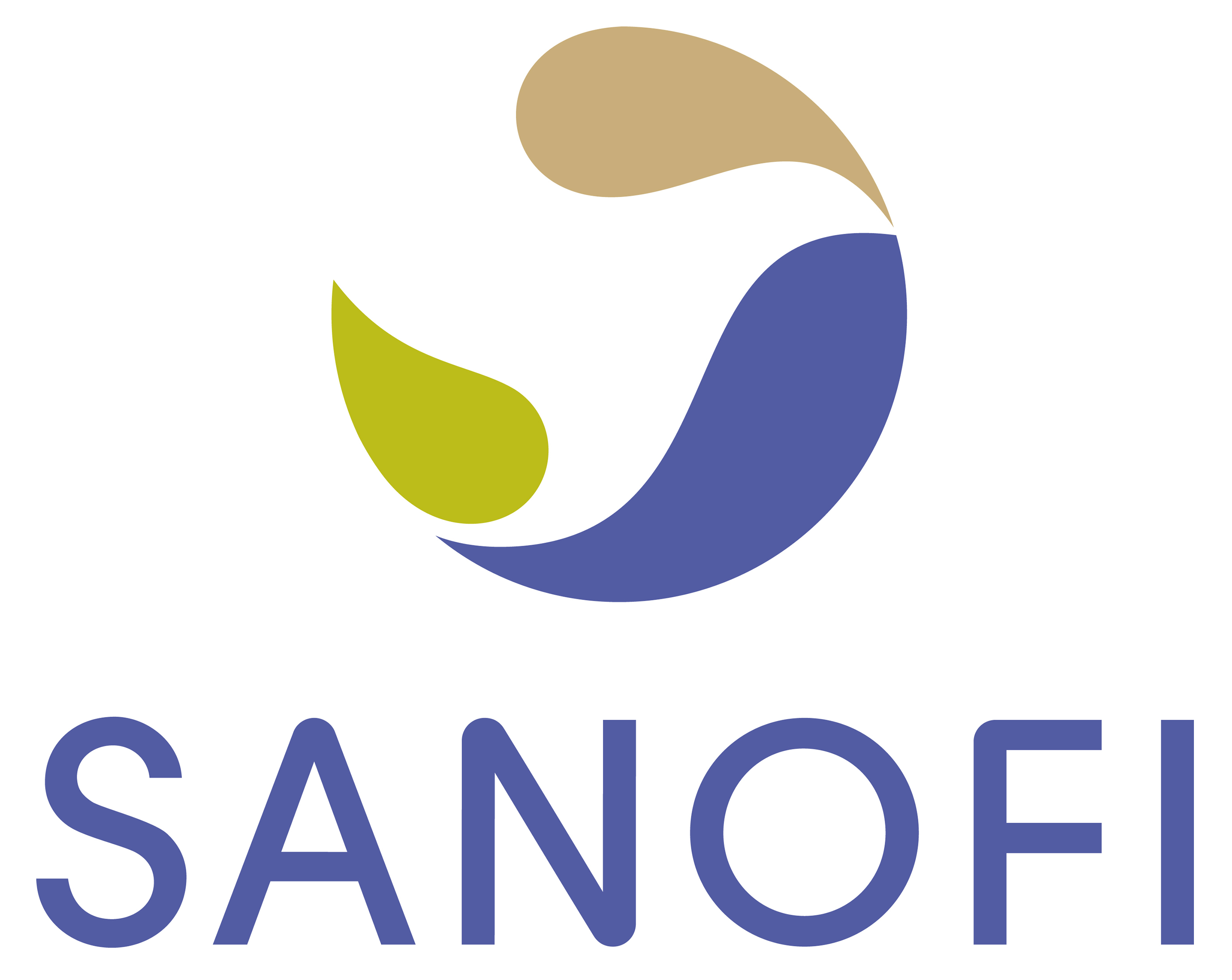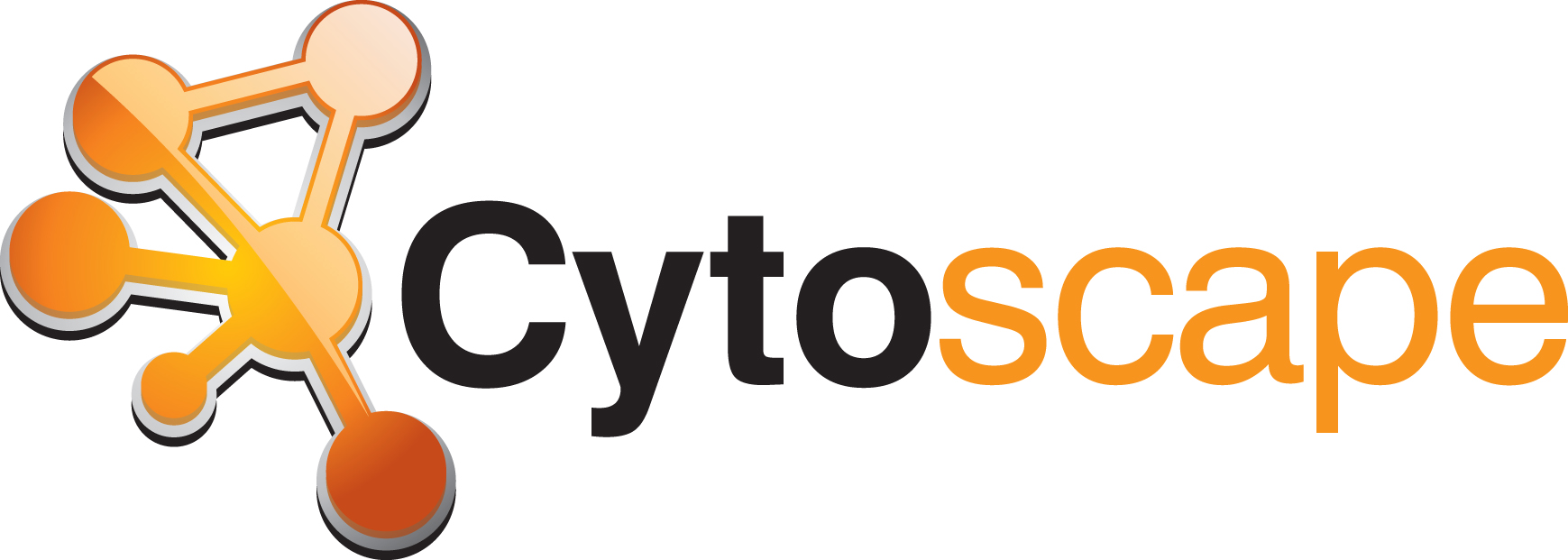| CYTOSCAPE POSTERS |
Updated Oct 23, 2014
App P01: PEPPER: Cytoscape app for protein complex expansion using protein-protein interaction networks
Charles Winterhalter1,2, Rémy Nicolle1,3, Anais Louis1, Cuong To1, François Radvanyi3, Mohamed Elati1
1University of Evry, 2Newcastle University, 3CNRS/Institut Curie
We present PEPPER (Winterhalter et al., 2014), a Cytoscape app designed to identify protein complexes as densely connected subnetworks from seed lists of proteins derived from proteomic studies. PEPPER identifies connected subgraph by using multi-objective optimization involving two functions: (i) the coverage, a solution must contain as many proteins from the seed as possible, (ii) the density, the proteins of a solution must be as connected as possible, using only interactions from a proteome-wide interaction network. Comparisons based on gold standard yeast and human datasets showed PEPPER’s integrative approach as superior to standard protein complex discovery methods. The visualization and interpretation of the results are facilitated by an automated post-processing pipeline based on topological analysis and data integration about the predicted complex proteins. PEPPER is a user-friendly tool that can be used to analyze any list of proteins. PEPPER is available from the Cytoscape plugin manager or online (http://apps.cytoscape.org/apps/pepper) and released under GNU General Public License version 3.
Reference:
C. Winterhalter, R. Nicolle, A. Louis, C. To, F. Radvanyi, and M. Elati
PEPPER: cytoscape app for protein complex expansion using protein–protein interaction networks. Bioinformatics, 2014 doi:10.1093/bioinformatics/btu517
........................................................................................................
App P02: cyREST: initial steps toward the Cytoscape Cyberinfrastructure
Keiichiro Ono1, Barry Demchak1
1University of California San Diego
The Cytoscape application (and apps) have proven effective in powering research in systems biology. However, modern applications require more diverse workflows, more flexible automation, and access to more forms of data than is commonly provided by Cytoscape alone. While Cytoscape specializes in network analysis, visualization, and publishing, other tools have evolved sophisticated workflow, automation, data acquisition, and analysis capabilities that are potentially complementary to Cytoscape. The most popular of these tools include integrated data analysis environments (e.g., IPython Notebook, Matlab, and RStudio), analysis toolkits (e.g., Bioconductor, pandas, and igraph), scripting languages (e.g., Python and R), and fully featured workflow managers (e.g., Taverna and BioKepler).
To deliver the benefits of integrating Cytoscape with best-of-breed tools, we are creating the Cytoscape Cyberinfrastructure (CI) as scalable Internet-based computing environment based on a service oriented architecture (SOA) approach. As such, it views computational units as loosely coupled services whose functionality is integrated into workflows. The integration of Cytoscape with new and existing analytical and workflow tools represents a first step.
To realize Cytoscape as a service, we introduce cyREST, a Cytoscape app that exposes Cytoscape network data structures, Visual Styles, network layouts, data, and network publishing functions as RESTful services. cyREST enables external tools to retrieve, update, create, and delete entire networks or individual network nodes, edges, and groups. It also enables tools to retrieve and update node and edge annotation data, to define and execute annotation-based filters, or to define annotation-based node and edge visual styles. Finally, cyREST allows tools to invoke any of Cytoscape’s 15 standard (non-yFiles) network layouts, and then retrieve layout information.
To ease integration with tools and other services, cyREST observes defacto standard REST name space and communications practices, including using URLs to name conceptual entities (instead of as commands), using the HTTP protocol, and using the JSON data format.
We have already seen interest in using Cytoscape services from within IPython Notebook and RStudio, where users combine layout services with native data collection and popular graph analysis packages such as igraph and NetworkX, and the entire analysis and visualization workflow can be saved as executable code which improves research reproducibility. Because cyREST exposes a Cytoscape-centric data model, we supply tool-specific interface libraries (for R and Python, so far) that harmonize tool data models with Cytoscape’s.
The Cytoscape CI will enable researchers to efficiently realize workflows leveraging the strongest features of each tool in a scalable, reusable, and flexible manner. The combination of Cytoscape/cyREST enables existing tools to avoid duplicating Cytoscape’s powerful network management, filtering, and layout features, thereby powering high productivity for systems biology researchers.
........................................................................................................
App P03: Integrated omics analysis pipeline for model organism with Cytoscape
Kozo Nishida1, Koichi Takahashi1
1RIKEN
Although Cytoscape is a powerful tool for biological data analysis and visualization, it is not the best tool for data preparation or cleansing. For biologists, R and Python are the most popular programming languages and if we provide data analysis and visualization pipelines written in those two languages, it improves reproducibility of the research. It was impossible to integrate Cytoscape in such pipelines, but recently cyREST (https://github.com/keiono/cy-rest) a Cytoscape app to provide RESTful API to access low-level Cytoscape data objects, has been announced. If we use it with IPython notebook or R Markdown, we can write an executable data analysis workflow as R/Python code.
To write the data analysis pipeline, we have developed a Cytoscape app called KEGGscape to import KEGG PATHWAY XML (KGML) files. KEGGscape utilizes the database to reproduce the corresponding hand-drawn pathway diagrams with as much detail as possible in Cytoscape. KEGGscape is included in the pipelines and users can visualize their datasets on KEGG.
With these tools, we compiled a workflow to integrate and visualize pathway data (e.g., KGML, BioPAX, SBML, drug targets) and omics-datasets on E. coli and A. thaliana pathways. As a pilot project, we integrated drug targets from Drugbank (http://www.drugbank.ca/), The E. Coli Metabolome Database (ECMDB), iJO1366 (metabolic network reconstruction), and microarray datasets available in Bioconductor with KEGG PATHWAY database for E. coli. In a similar way, for A. thaliana, transcriptome, metabolome and various pathway datasets from RIKEN are also integrated with KEGG pathways.
........................................................................................................
App P04: The Cyni framework for network inference in Cytoscape
Oriol Guitart-Pla1, Manjunath Kustagi2, Frank Rügheimer1, Andrea Califano2, Benno Schwikowski1
1Institut Pasteur, 2 Columbia University
Research on methods for the inference of networks from biological data is making significant advances, but the adoption of network inference in biomedical research practice is lagging behind. Here, we present Cyni, an open-source ‘fill-in-the-algorithm’ framework that provides common network inference functionality and user interface elements. Cyni allows the rapid transformation of Java-based network inference prototypes into apps of the popular open-source Cytoscape network analysis and visualization ecosystem. Merely placing the resulting app in the Cytoscape App store makes the method accessible to a worldwide community of biomedical researchers by mouse click. In a case study, we illustrate the transformation of an ARACNE implementation into a Cytoscape app.
........................................................................................................
App P05: WikiPathways App
Martina Kutmon1, Samad Lotia2, Chris Evelo1, Alexander Pico2
1Maastricht University, 2Gladstone Institutes
Here we present the open-source WikiPathways app for Cytoscape that can be used to import biological pathways for data visualization and network analysis. WikiPathways is an open, collaborative biological pathway database that provides fully annotated pathway diagrams for manual download or through web services. The WikiPathways app allows users to load pathways in two different views: as an annotated pathway ideal for data visualization and as a simple network to perform computational analysis. An example pathway and dataset are used to demonstrate the functionality of the WikiPathways app.
........................................................................................................
App P06: CyNDEx - Accessing NDEx from Cytoscape
Dexter Pratt1, David Welker1, Jing Chen1
1University of California San Diego
CyNDEx provides connectivity to NDEx servers, enabling users to find, query, download, and store networks. Public networks can be accessed anonymously but users who have previously created accounts on an NDEx server can access private networks to which they have access permission.
........................................................................................................
App P07: clusterMaker2’s “Fuzzifier”: a simple approach to fuzzy clustering for biological networks
John "Scooter" Morris1, Abhiraj Tomar2, Thomas Ferrin1
1University of California San Francisco, 2University of Southern California
Clustering has become a standard approach to analyzing biological networks, but so far, traditional clustering approaches for biological networks have focused on “hard” or discrete clusters that remove edges from the graph until some optimal fit is achieved. This poster describes a new post-clustering step that has been implemented in the Cytoscape App clusterMaker2 (http://apps.cytoscape.org/apps/clusterMaker2). This post clustering step utilizes the results from a discrete network partition algorithm to seed a “fuzzy” clustering of the same data to provide information about the marginal assignments to clusters. This approach allows the user to take advantage of many existing cluster algorithms that have demonstrated results for particular types of biological systems. In the stepwise example below, we show how additional information is derived from a discrete clustering (using MCL) of a well-known protein-protein interaction data set.
........................................................................................................
App P08: CRE Browser: visualizing causal hypotheses
Ranjit Randhawa1, Dmitri Bichko2, David Klatte2, Daniel Ziemek2
1Novartis Institutes for BioMedical Research, 2Pfizer Worldwide Research and Development
The Causal Reasoning Engine (CRE) [1] is a platform used to analyze experimental data in the context of prior biological knowledge, to generate testable hypotheses about the upstream molecular drivers of observed changes. The CRE Browser is an interactive analysis tool, developed as a Cytoscape plugin, to help scientists visualize and explore hypotheses generated by CRE. CRE Browser uses a graph-centric interface to provide both a comprehensible view of the entire result set, and detailed supporting evidence for individual hypotheses.
CRE Browser comprises several components:
• Overview Graph shows the global view of the candidate hypothesis interactions, and allows users to cluster, filter, and explore the network topology to narrow in on the causal events of interest.
• Hypothesis View provides a deep-dive on an individual hypothesis, its structure, and underlying evidence. This view also includes a number of additional visualizations for the hypothesis statistics and associated experimental data, and services to integrate external data, such as literature mining results.
• Multi-Experiment View brings together hypothesis information across multiple related experiments (e.g., time-series transcriptomics experiments) to identify trends and correlations.
The CRE Browser is an integral part of our causal analysis pipeline, and has been applied to a variety of projects within Pfizer.
Reference:
1. Chindelevitch L, Ziemek D, Enayetallah A, Randhawa R, Sidders B, Brockel C, and Huang ES, Causal Reasoning on Biological Network: Interpreting Transcriptional Changes, Bioinformatics 28: 1114-1121. 2012.


